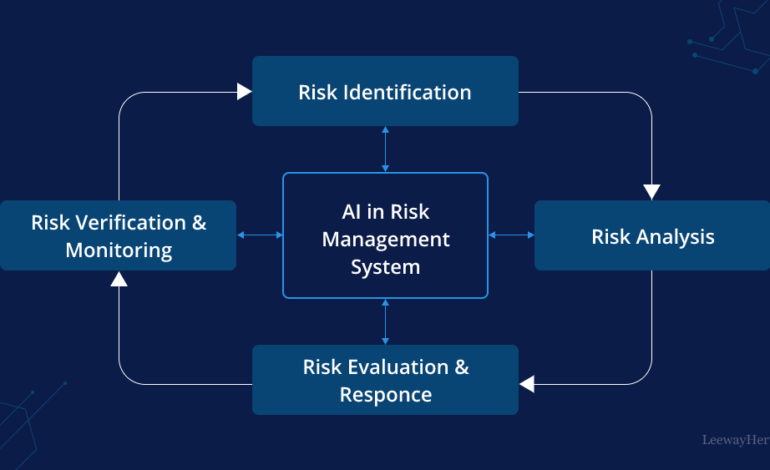AI Security Risk Assessment

AI Security Risk Assessment
Introduction
As Arctic continues to integrate advanced AI systems into its operations, ensuring the security of these systems is paramount. AI systems, while offering substantial business benefits, introduce new risks that could impact the integrity, availability, and confidentiality of sensitive data. This document provides insights into how Arctic can effectively assess and mitigate these risks by implementing a robust AI security framework.
Key Areas of Focus
- Establishing a Baseline
- Current State Analysis: The first step in securing AI systems is to understand the current state of AI security within Arctic. This involves gathering comprehensive information about existing AI deployments, data sources, and security controls.
- Gap Analysis: Identify gaps between current practices and industry best practices. This will highlight areas where Arctic’s AI security measures need enhancement.
- Data Collection Integrity
- Trusted Data Sources: The integrity of AI models is highly dependent on the quality and trustworthiness of the data used to train them. Arctic should ensure that data is collected only from verified and trusted sources.
- Management Approval for Untrusted Sources: In cases where data from untrusted sources must be used, it is critical that these sources are thoroughly reviewed and approved by management. Such instances should be documented to maintain transparency and accountability.
- Risk Prioritization
- Severity and Impact: Not all risks to AI systems are equal. Arctic should prioritize its security efforts by assessing the severity and potential impact of different threats. For instance, models handling sensitive personal data or supporting critical infrastructure should receive the highest level of protection.
- Likelihood of Compromise: Arctic should also consider the likelihood of different attack vectors. Controls that reduce attack surfaces, such as gating endpoints and implementing network segmentation, can significantly decrease the chances of a successful attack.
- Implementing Controls and Policies
- Guidance for Data Management: Specific controls related to data management include validating data before use, cleaning data to remove undesirable entries, and documenting data sources. These measures help ensure that the data feeding Arctic’s AI systems is both accurate and secure.
- Continuous Monitoring and Improvement: Security is not a one-time effort. Arctic should conduct regular assessments—annually or bi-annually—to track progress and make necessary adjustments to its AI security strategies.

